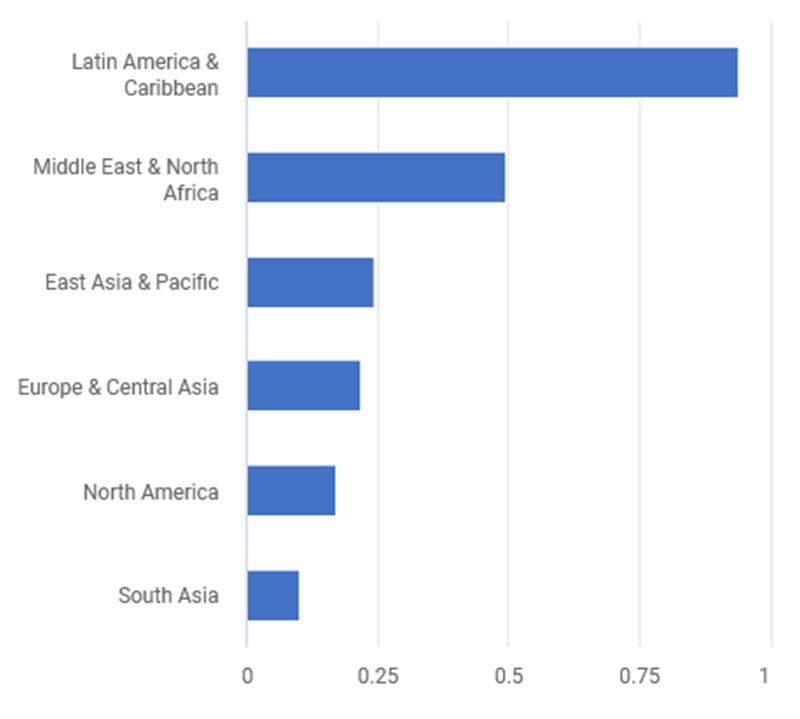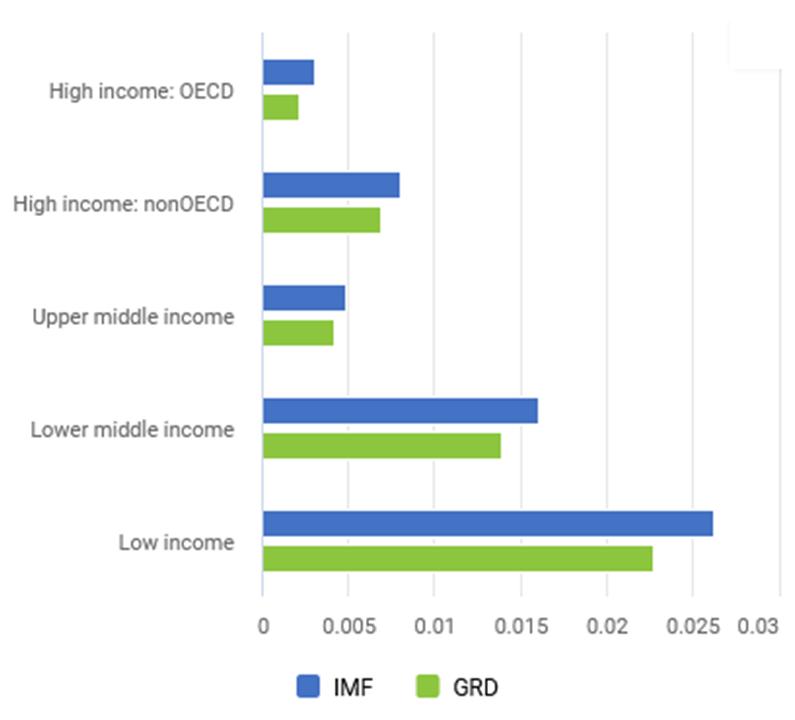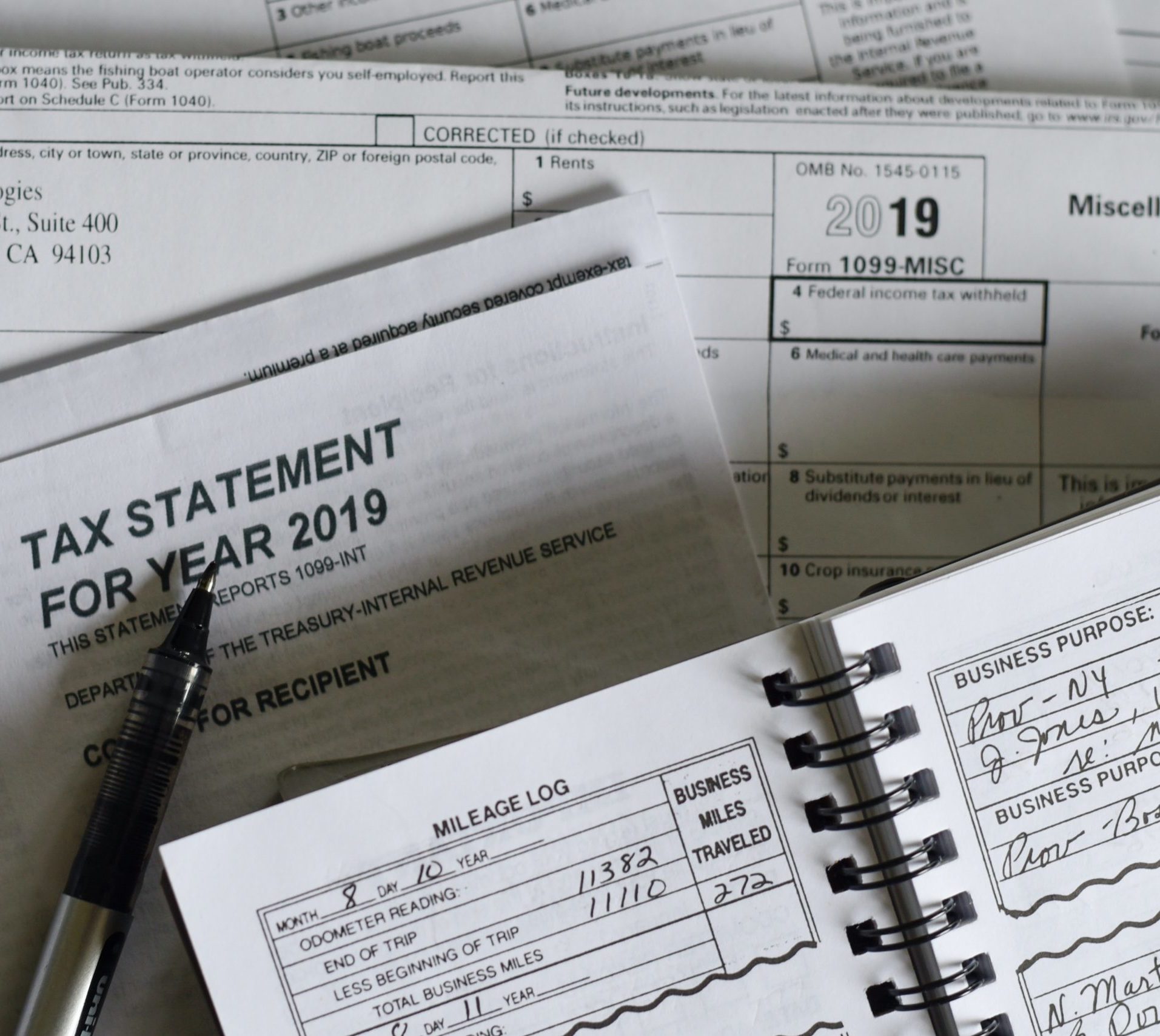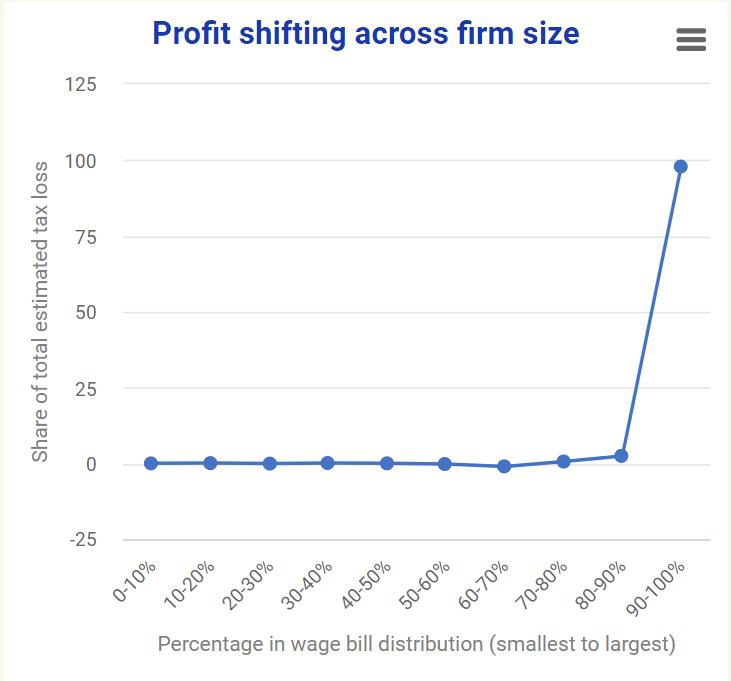Estimating the Scale of Profit Shifting and Tax Revenue Losses Related to Foreign Direct Investment
Flexibility in Income Shifting under Losses
Summary
In this study, Hopland et al. examine to what extent multinational enterprises (MNEs) shift income between their loss-making and profit-making affiliates to minimize worldwide tax payments. In particular, they evaluate two possible channels for such income shifting: transfer pricing and internal debt distribution.
The purpose of income shifting under losses can be illustrated by a simplified case of a MNE with two affiliates; L and P. In a given financial year, L initially acquires services worth 100 USD from P and having taken out loans from P in the past, L pays 10 USD of interests to P. With the end of the year approaching, the MNE observes that L is making a loss of -80 USD and P a profit of 50 USD. If the MNE can act before filing its tax declarations, it has an incentive to reduce the transfer price at which L acquires services from P and to decrease the indebtedness of L vis-à-vis P. This may, for instance, reduce the transfer to 85 USD and interest payments to 5 USD. As a result, the loss-making affiliate’s loss is reduced to -60 USD and the profit of the profitable affiliate is reduced to 30 USD. Before, as well as after the adjustments, L is not expected to pay any corporate income tax as it is registering a net loss but following the adjustments the tax base of P has been reduced and the multinational has optimized its global tax payments.
Following their theoretical analysis, the authors test empirically, whether intra-firm transfer payments and internal leverage ratios differ systematically between affiliates experiencing losses and those making profits in a given year. Their regression results suggest that the net outgoing transfer payments are, on average, approximately 11 to 12% of total assets lower in a year that an affiliate experiences a loss. User fees, rather than purchases of tangible goods, appear as the main driver of this reduction. However, current losses are not found to have a significant effect on leverage. The authors conclude that transfer pricing allows the MNE substantial flexibility to adjust income shifting ex post, while firms may be less flexible in adjusting their capital structure.
Key results
- The results suggest that MNEs shift income to loss-making affiliates to reduce their worldwide tax payments.
- Net outgoing transfer payments are found to be lower in years in which affiliates reports net losses.
- User fees seem to provide more flexibility in income shifting than purchases of tangible goods. An explanation might be that the arm’s length principle is more difficult to apply to user fees or that some user fees are due at the end of the year thus granting larger flexibility.
- In contrast, current losses are found to have no significant effect on leverage.
Policy implications
This study by Hopland et al. sheds light on the importance of loss-making affiliates in MNEs’ profit-shifting schemes. The authors argue that tax authorities and policymakers should increase their focus on internal transfers to loss-making affiliates, for example because controlled foreign company rules do not apply if income-shifting under losses occurs between high-tax countries.
Data
The authors rely on an affiliate-level panel dataset of multinational entities based in Norway. They combine three sources: financial statistics from Dun & Bradstreet, ownership information from the SIFON register of Statistics Norway and tax returns, as well as debt relationships, recorded in datasets of the Norwegian Tax Administration or Statistics Norway. The final dataset covers the years 1998-2005.
Methodology
The authors regress intra-firm transfer payments and internal leverage ratios on an indicator variable equal to one if the firm experiences a loss position in that year, and control for a variety of other factors that may explain income shifting.
Go to the original article
The published version of the article can be found on the website of the Accounting Review.
A working paper version from 2015 can be downloaded from the econstore. [pdf]
This might also interest you
Global distribution of revenue loss from tax avoidance: re-estimation and country results
The Cadbury Schweppes judgment and its implications on profit shifting activities within Europe
Big and ‘unprofitable’: How 10% of multinational firms do 98% of profit shifting



